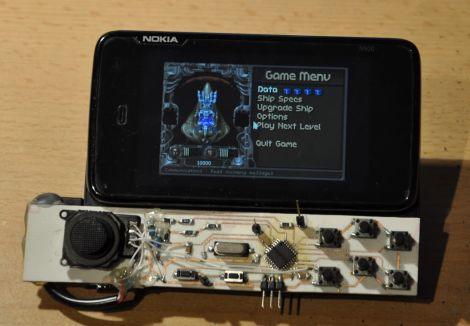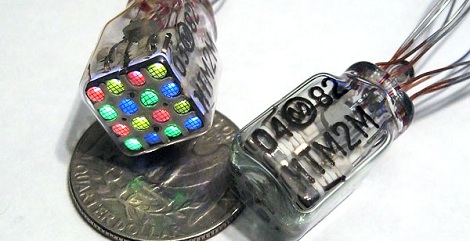
[Andrzej] loves his Nokia N900, noting that it makes a great portable gaming device. Since it supports a wide array of emulators, it’s perfect for indulging his gaming nostalgia on the go. He says that the one downside to the N900 is that its keyboard doesn’t make gaming easy, nor comfortable.
To make gaming a big more fun, he built himself an add-on gamepad that fits perfectly over the phone’s keyboard. Connected via the phone’s USB port, it features 8 push buttons along with a PSP joystick. He used an ATmega8A as the brains of the controller, communicating with the phone as a USB keyboard. He says that this sort of configuration makes it extremely easy to do all sorts of custom button mapping on a per-game basis.
As you can see in the picture above the controller is currently lacking a case, but we think that with a bit of clever packaging, it could look as nice as a retail add-on.
Check out the short video below to see his gamepad in action.
Continue reading “Nokia N900 Control Pad Is Perfect For Gaming On The Go”













